When you’re searching for a gorgeous pink flowering tree, there are many options to choose from. This article will cover a few options including the Pink Velour Crape Myrtle and Flowering Dogwood. You’ll also learn about the hardy hibiscus and Cercis canadensis.
1. Flowering Dogwood
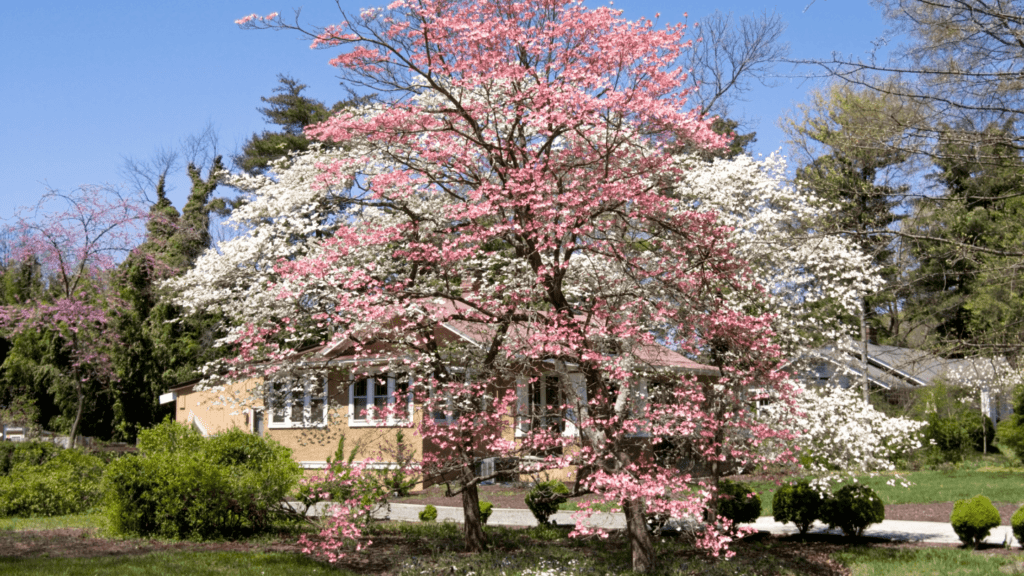
Flowering Dogwoods prefer deep soil in full or partial shade. They grow best from seed, but are difficult to transplant. They prefer a well-drained, slightly acidic soil. It grows slowly, and in ideal conditions, will live for 30 years. This tree can be a spectacular addition to any landscape.
Flowering dogwoods bloom early in spring and are a popular sight in East Texas forests. Botanically called Cornus florida, the dogwoods are native to parts of Maine, Florida, eastern Texas, and Kansas. Because they grow in such climates, they have adapted well to their natural habitat.
A flowering dogwood is a deciduous tree that can grow to 35 feet or more in height. It has dense flowerheads with four bracts and red fruits. They produce their flowers in the spring and last throughout the year. The flowers are one of the first signs of spring in Texas, and they are loved by squirrels, birds, and deer. Flowering dogwoods are a low-maintenance tree that can grow in most types of soil. However, they should be planted in late fall, after the trees have gone dormant, to allow them to set roots before the hot summer.
2. Pink Velour Crape Myrtle
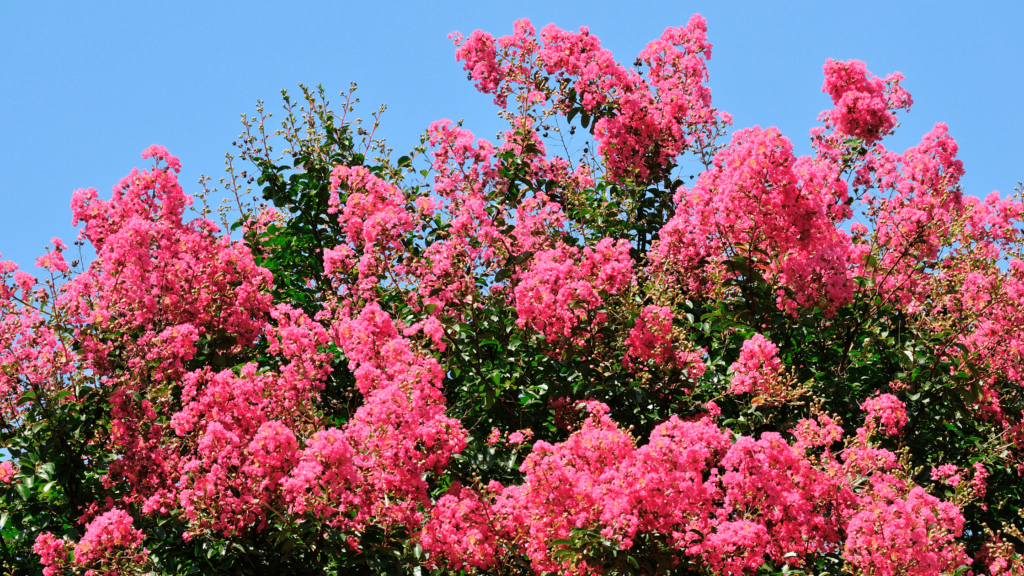
If you love the look of big blooms on your flowering trees, you should plant a Pink Velour Crape Myrtles. These plants are easy to care for and will bloom in the summer. The flowers are large and clustered on the branches. You can find them in a wide variety of colors.
This plant can grow in a variety of soils. It prefers medium to moist soil, but it can also tolerate clay and loam. It will rebloom each year if it is planted in a well-drained spot. It’s also drought tolerant and resistant to powdery mildew.
The “Pink Velour” crape myrtle is a multi-stemmed plant in the loosestrife family. It is native to the Himalayas, but has been naturalized in parts of the U.S., including Texas. Its exfoliated bark makes it attractive in the landscape, and the flowers last for a long time.
3. Hardy Hibiscus
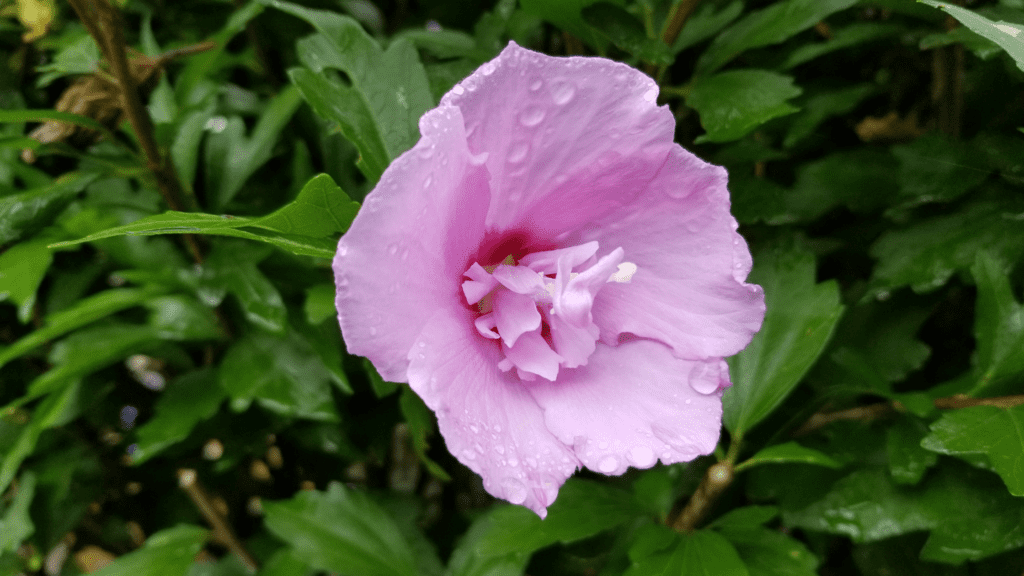
If you want to grow tropical flowers without the risk of them withering in cold weather, hibiscus is the plant for you. They grow as herbaceous perennials and freeze the top growth down each winter, then reemerge the following spring. This beautiful plant comes in many different colors and shapes. One of the best varieties for Texas gardens is the ‘Moy Grande,’ which blooms in the summertime with huge rose-pink flowers. They grow up to five feet high and produce flowers all summer.
Hibiscus grows fast and needs full sun. If you want blooms, give them a bright window or a bright area in your yard. A hardy variety will tolerate drought well, but you need to make sure the plants have adequate moisture during the growing season. You can fertilize hardy hibiscus plants with diluted liquid fertilizer at least once a week. You should also feed them with a slow-release fertilizer three times a year. The first feeding should be in the early spring, while the second feeding should be in the middle of summer.
Hardy hibiscus do best in rich, well-draining soil and full sun. A healthy soil equals healthy plants. To make the soil more nutrient-rich, you can use compost or expanded shale. In addition to this, top dress the garden with one to two inches of mulch to conserve moisture and fertilize in new growth. In Texas, hardy hibiscus will bloom through the summer, but will die back once the first frost arrives.
4. Cercis Canadensis
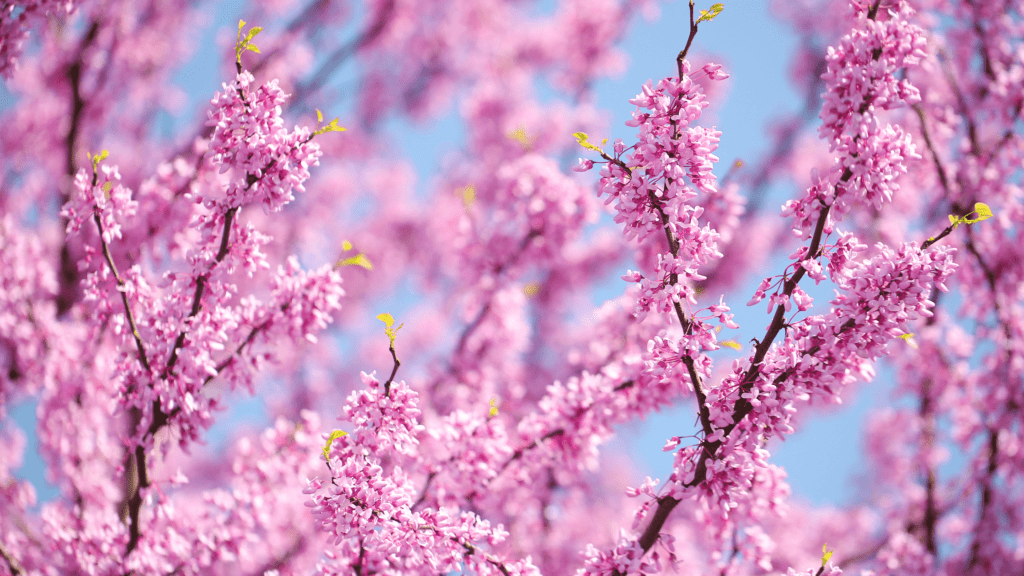
If you are looking for flowering trees that are native to Texas, you might want to consider Cercis Canadensis. This variety is also known as Judas Tree, and grows from 15 to 25 feet tall. The leaves change from red in the spring to a rich green in the summer and fall. The flowers bloom in the early spring, and it will tolerate most soil types, but requires good drainage.
There are three varieties of Cercis canadensis. The first, var. canadensis, is native to the Atlantic coast to central Texas, while the second, var. texensis, grows from southern Oklahoma to Mexico. Both varieties produce flowering stems of varying lengths and are attractive when planted in pots or on a patio.
The leaves of the Eastern Redbud are edible and are often used in cooking. The young pods, similar to peas, can also be eaten. While these plants do not have much flavor, they are quite appealing and can be a beautiful addition to any landscape. This species is popular enough to be sold in many big box nurseries and garden centers.
5. Crabapple Adams
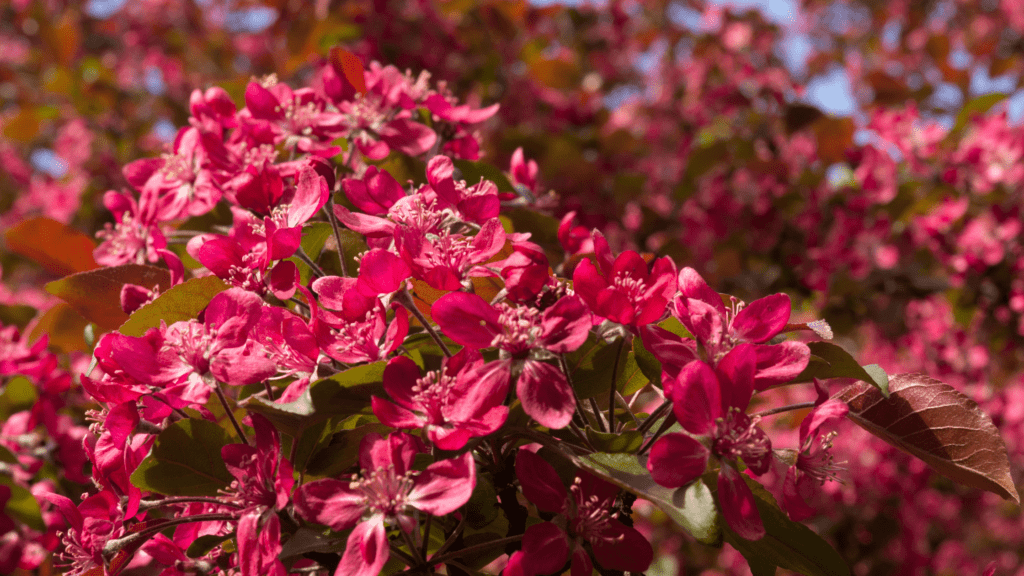
Crabapple trees are often planted in landscapes to add a splash of color to a yard. They are also commonly used for edible fruit. However, while crabapple fruit are edible, their seeds are highly toxic and can harm dogs. Crabapples are also often associated with love, marriage, and fertility. Their flowers come in a range of colors, and they are often used in desserts.
‘Crabapple Adams’ trees feature deep pink flowers in spring. In summer, these trees bear red fruit, which are a favorite of birds. In fall, the leaves turn orange or red. These trees are well-suited to urban landscapes, and are highly resistant to drought and poor drainage.
Another popular crabapple tree is Malus ‘Robinson’, which has pink flowers on slender stems. This tree is upright and spreads with its moderate water requirements. It produces glossy red fruit, which develops later in the year. It is disease-resistant and produces a large amount of fruit.
6. Magnolia

Magnolias are Southern favorites. They can be found in a wide variety of species, selections, and hybrids. They thrive in a wide variety of climates. Magnolia care is important and includes planting, establishing, and tending the tree. Here are some tips to get you started.
Magnolias are native to the South and tend to be quite large. While most species of magnolias prefer full sunlight, southern magnolias tolerate some shade. They have large, glossy green leaves and a sweet, perfumed bloom. Magnolia trees in Texas range in height from 60 to 80 feet.
Magnolias prefer a well-drained, slightly acidic soil. They can also tolerate neutral to slightly alkaline soil. However, you should avoid planting them in windy locations, as strong winds can damage the flowers. While magnolias do well in wet conditions, they do poorly in clay soils.
7. Prunus Accolade
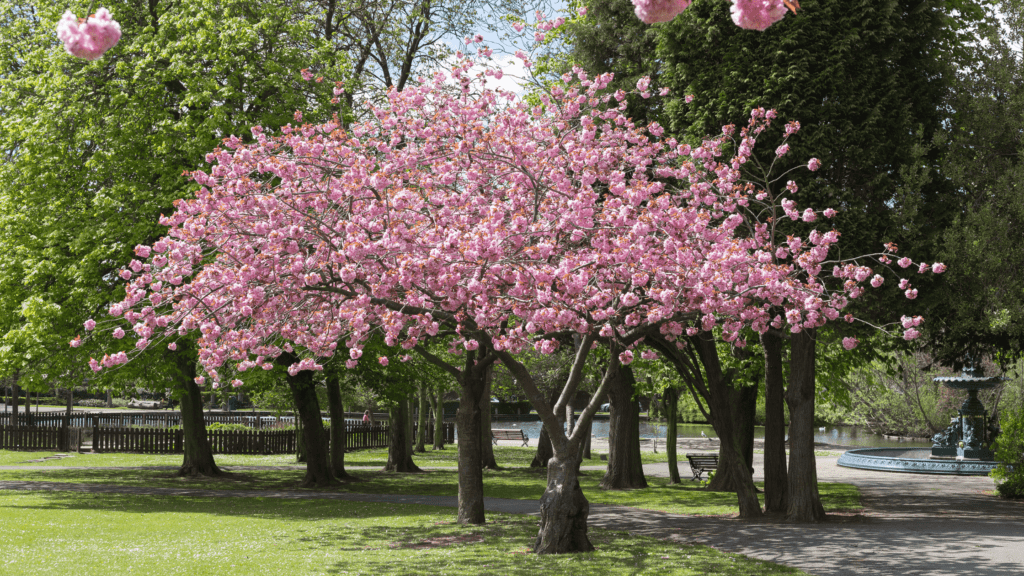
The Prunus Accolade tree is a Texas native that thrives in the harsh conditions of the state. This tough tree is known for its ability to withstand drought and heat, making it a popular choice for landscaping in Texas.
The Prunus Accolade is a deciduous tree that can grow to be 20 feet tall and 15 feet wide. The tree has dark green leaves that turn yellow in the fall, and it produces small white flowers in the spring. The Prunus Accolade is an excellent choice for those looking for a low-maintenance, drought-tolerant tree for their Texas landscape.
The Prunus Accolade tree is a deciduous tree that is native to Asia. The tree grows to be about 30 feet tall and has a spread of about 20 feet. The leaves of the tree are ovate shaped and have a toothed margin. The flowers of the tree are white and grow in clusters. The fruit of the tree is a drupe that is dark purple in color.
8. Narrowleaf Crabapple

Narrowleaf Crabapple trees in Texas produce attractive flowers that make them an excellent addition to a landscape. The tree’s flowers are borne in clusters along the branches in mid-spring and open from pink buds. The fragrant flowers are followed by clusters of cherry-like red fruit. The fruits are edible and can be harvested for jellies. Despite its attractive appearance, the tree can be susceptible to fire blight and powdery mildew.
The Narrowleaf Crabapple is native to the eastern and central United States. It grows best in moist, slightly acidic soil. It also grows well in flat and sloped areas. Crabapples need little supplemental irrigation once they have established themselves and produce a crop of fruit.
Another native to Texas is the Southern Crabapple. This compact, rounded tree grows to 25 feet tall. It produces fruit that is a one to two inch size. Although it has a tendency to sucker, it’s worth considering as a specimen tree. You can plant it in full or partial sun. The soil should be acidic and well-draining. Depending on the climate in your area, you can even plant the low-chill variety.
9. Amelanchier Robin Hill
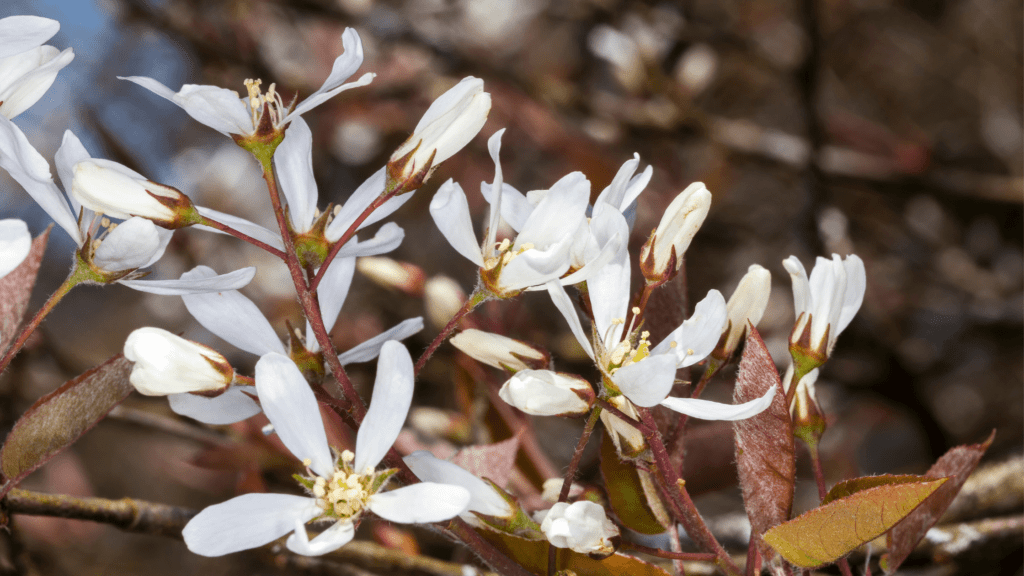
The Amelanchier Robin Hill tree is a native Texas tree that is known for its small size and unique shape. This tree grows to be about 15 feet tall and has a round, compact form with small, dark green leaves.
The branches of this tree are covered in small, white flowers in the spring, which are followed by edible, red berries in the summer. The Amelanchier Robin Hill tree is a popular choice for landscape use due to its attractive form and low maintenance needs.
